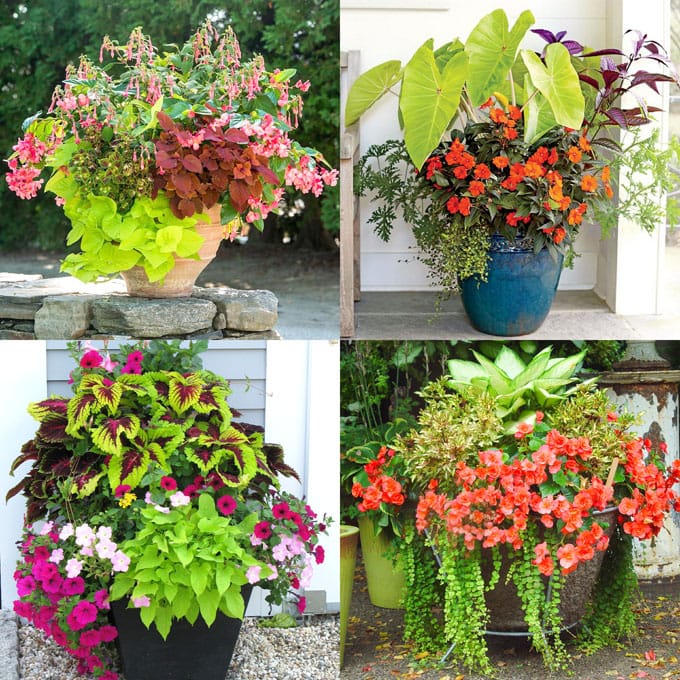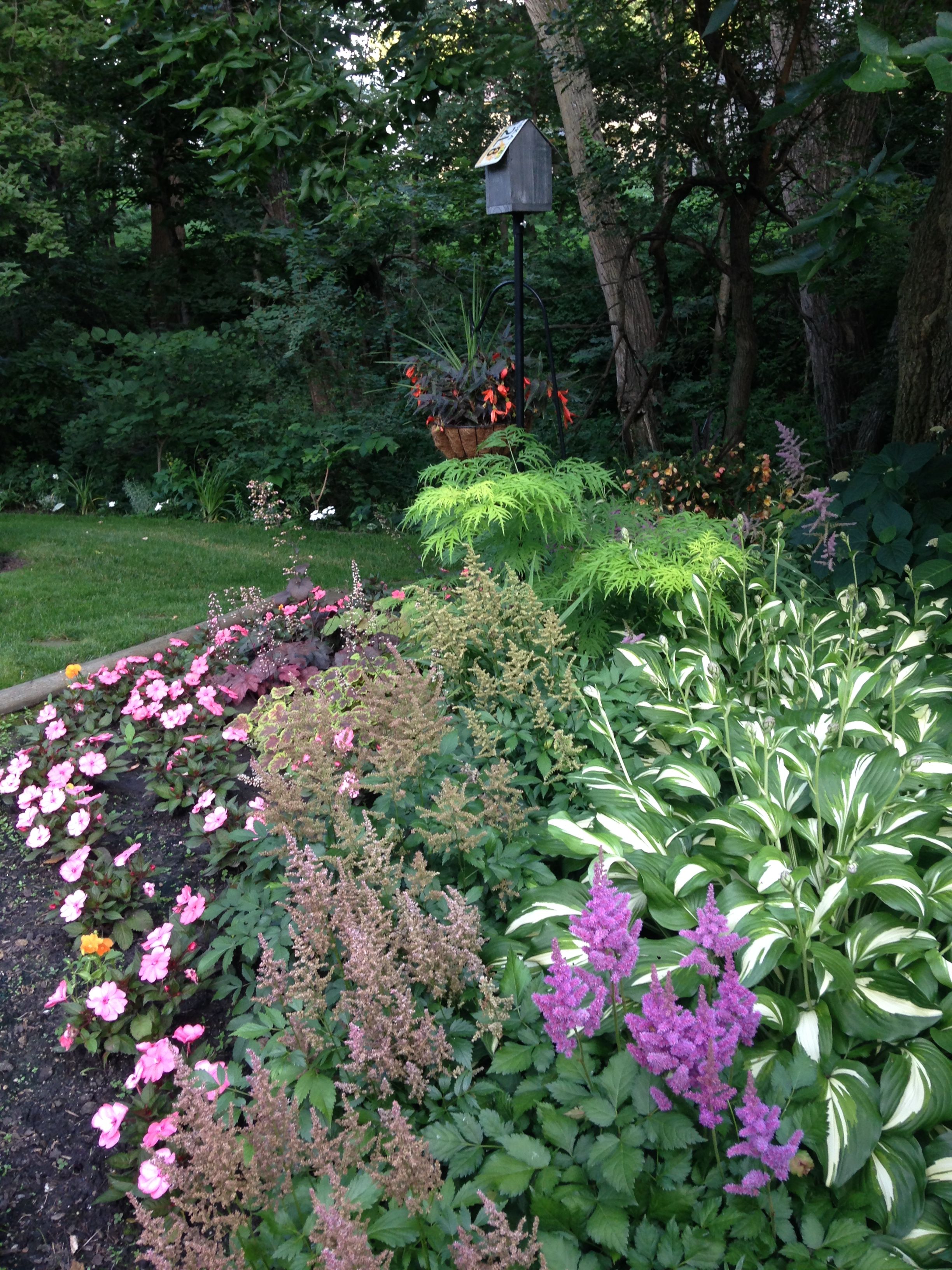Unlocking the Secrets of Shade-Tolerant Plants
Shaded areas in gardens and yards can often be overlooked, but with the right plants, they can be transformed into thriving oases. However, it’s essential to choose plants that are well-suited to these conditions, as they require specific care and attention. Plants good in the shade, such as ferns and hostas, have adapted to survive in low-light environments, making them ideal for areas that receive limited sunlight. By understanding the unique challenges of growing plants in shaded areas, gardeners can unlock the secrets of shade-tolerant plants and create stunning gardens that defy convention.
How to Choose the Perfect Shade-Loving Plants for Your Garden
Selecting the right plants for shaded areas can be a daunting task, but by considering a few key factors, gardeners can create thriving oases. When choosing plants good in the shade, it’s essential to think about soil type, moisture levels, and temperature. For example, plants like ferns and astilbe prefer well-draining soil and consistent moisture, while hostas can tolerate a range of soil types. Temperature is also crucial, as some plants may require protection from extreme heat or cold. By understanding these factors, gardeners can choose plants that will not only survive but thrive in shaded conditions.
Top 5 Plants That Excel in Shaded Conditions
When it comes to selecting plants good in the shade, there are many excellent options to choose from. Here are five top-performing plants that excel in shaded areas, each with their unique features and benefits. Hostas, with their beautiful foliage and versatility, are a popular choice for shaded gardens. Ferns, with their delicate fronds and low-maintenance requirements, are ideal for adding texture and depth. Astilbe, with their feathery plumes and vibrant colors, provide a stunning display of color in shaded areas. Hellebores, with their evergreen foliage and winter-blooming flowers, offer year-round interest. And finally, Heuchera, with their maple-like leaves and airy stems, add a touch of elegance to shaded spaces. These plants are all excellent choices for gardeners looking to bring life to their shaded areas.
The Magic of Ferns: A Low-Maintenance Option for Shaded Spaces
Ferns are a popular choice for plants good in the shade, and for good reason. These delicate, yet resilient plants are perfect for adding texture and depth to shaded areas. With over 10,000 species to choose from, ferns offer a wide range of options for gardeners. From the autumn fern’s vibrant orange hues to the maidenhair fern’s delicate, lacy fronds, there’s a fern to suit every taste. Ferns are also incredibly low-maintenance, requiring only consistent moisture and indirect sunlight to thrive. They’re also great for hiding unsightly areas, such as tree roots or rocky outcroppings, making them a versatile addition to any shaded garden. Whether used as a groundcover, accent plant, or statement piece, ferns are a great choice for gardeners looking to bring life to their shaded spaces.
Adding Color and Texture with Shade-Tolerant Flowers
While plants good in the shade often conjure up images of lush foliage, flowers can also play a vital role in adding color and texture to shaded areas. Incorporating flowers into shaded gardens can create a visually appealing display that adds depth and interest to the space. Impatiens, with their vibrant blooms and low-maintenance requirements, are a popular choice for shaded areas. Coleus, with their striking foliage and ability to thrive in partial shade, offer a unique combination of color and texture. Begonias, with their delicate flowers and ability to bloom in low-light conditions, are another great option for adding color to shaded spaces. When selecting flowers for shaded areas, consider factors such as bloom time, color palette, and growth habits to create a cohesive and visually appealing display. By incorporating flowers into shaded gardens, gardeners can create a lush and vibrant oasis that adds beauty and interest to the space.
Creating a Lush Oasis: Tips for Planting and Caring for Shade-Loving Plants
Once you’ve selected the perfect plants good in the shade for your garden, it’s essential to provide them with the right conditions to thrive. When planting shade-loving plants, choose a location with the right amount of shade, taking into account the direction of sunlight and any overhead obstructions. Prepare the soil by adding organic matter such as compost or well-rotted manure to improve drainage and fertility. Water plants regularly, but avoid overwatering, which can lead to root rot and other problems. Mulch around the base of plants to retain moisture and suppress weeds. Prune plants regularly to maintain shape, promote healthy growth, and encourage blooming. By following these simple tips, gardeners can create a lush and vibrant oasis in even the most shaded areas. With proper care and attention, plants good in the shade can bring beauty and life to these often-overlooked spaces.
Shade Gardening Myths Debunked: Separating Fact from Fiction
When it comes to growing plants good in the shade, many gardeners are held back by common misconceptions and myths. One of the most prevalent myths is that shade gardens are dull and lack color. However, this couldn’t be further from the truth. With a wide range of shade-tolerant flowers, foliage, and trees available, it’s easy to create a vibrant and dynamic shade garden. Another myth is that shade gardens require minimal maintenance. While it’s true that shade-loving plants often require less pruning and grooming, they still need regular watering, fertilizing, and pest management to thrive. By understanding the facts behind these myths, gardeners can unlock the full potential of their shaded spaces and create thriving oases that bring beauty and life to their gardens. By choosing the right plants good in the shade and providing them with the right care, gardeners can dispel these myths and create stunning shade gardens that rival their sun-drenched counterparts.
Transforming Your Shaded Space: Inspiration and Ideas
With the right plants good in the shade and a little creativity, even the most neglected shaded areas can be transformed into stunning oases. Consider creating a layered look by combining plants of varying heights and textures, such as towering Ferns, delicate Impatiens, and lush Hostas. Add some visual interest with decorative elements like stone pathways, wooden benches, or metal sculptures. Don’t be afraid to think outside the box and experiment with unique plant combinations or unconventional containers. By embracing the challenges and opportunities of shade gardening, gardeners can unlock the full potential of their shaded spaces and create breathtakingly beautiful gardens that bring joy and serenity to all who visit. Whether you’re a seasoned gardener or just starting out, the world of plants good in the shade offers endless possibilities for creativity and self-expression.






:max_bytes(150000):strip_icc()/ShadeSecretGarden-5b109409fa6bcc0036bbb2ca.jpg)

